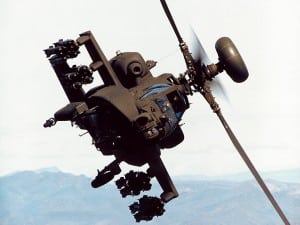
The Army March 27 defended its aviation restructuring plan that includes moving AH-64 Apache attack helicopters from the National Guard to the active component before the House Appropriations Committee panel on defense (HAC-D). Under the aviation restructure plan proposed in the president’s $120.5 billion budget request for the Army, the service would move all 192 Apaches from the Army National Guard to the active component to fulfill attack and reconnaissance roles. In exchange, the Guard would receive more UH-60 Black…













